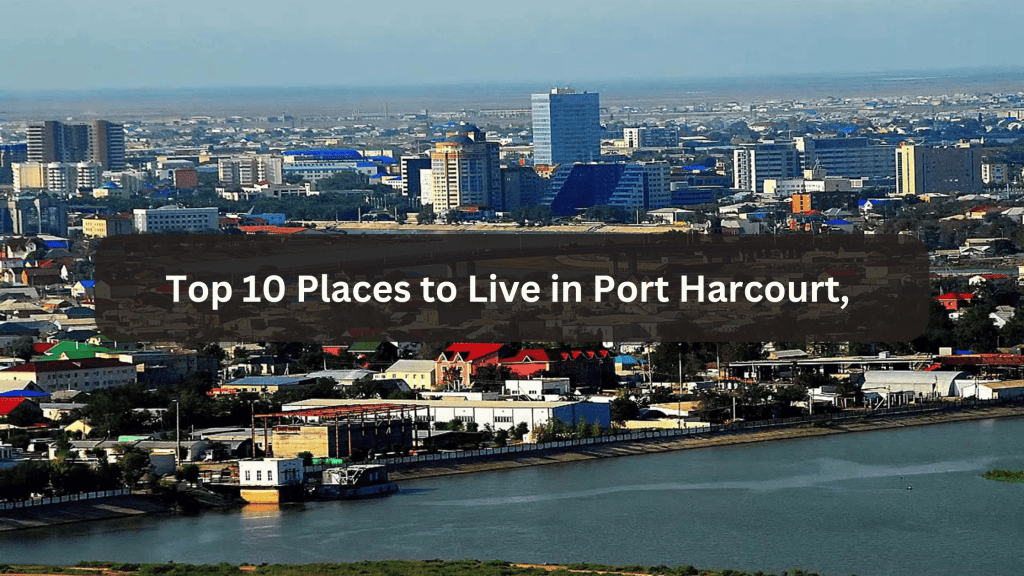Port Harcourt, often called the “Oil Capital of Nigeria,” is not only a bustling commercial center but also a city with diverse residential options. Whether you’re an investor or a family looking for a comfortable place to live, understanding the pros and cons of each neighbourhood is crucial. Here’s a comprehensive listi of the top 10 places to live in Port Harcourt for 2025, complete with average rental prices, key landmarks, lifestyle benefits, and a few downsides to consider.
Summary Table: Port Harcourt’s Top 10 Neighborhoods
| Location | Pros | Cons | Avg. Rent (3-Bedroom) |
|---|---|---|---|
| GRA Phase 1 & 2 | Luxury, safe, amenities | Expensive, traffic | ₦4.5M/year |
| Old GRA | Affordable luxury, central | Aging infrastructure, noise | ₦4M/year |
| Trans-Amadi | Affordable, industrial hub | Security issues, Pollution, noise | ₦3M/year |
| Woji | Up-and-coming, affordable | Traffic, flooding | ₦2.5M/year |
| Rumuola | Commercial hub, nightlife | Noise, overcrowding | ₦2M/year |
| Elekahia | Access to schools, local markets, and healthcare center | The area can be busy, and occasional congestion is reported | ₦2.4M/year |
| Rumuokoro | Affordable, accessible | Security issues, noise | ₦1.8M/year |
| Choba | Strong educational and commercial presence | Rental prices can vary widely depending on proximity to the university and amenities | ₦2.5M/year |
| Rumuomasi | Student-friendly, vibrant | Security issues, noise | ₦600k/year |
| Borokiri | Waterfront, affordable | Flooding, security issues | ₦500k/year |
1. GRA Phase 1 & 2 (Government Reserved Area)
Why It’s Desirable:
- Luxury Living: Mansions, tree-lined streets, and proximity to government offices.
- Amenities: Polo Club, Port Harcourt Mall, and top schools like Corona.
- Safety: 24/7 security patrols.
Downsides:
- Cost: Average rent for a 3-bedroom is ₦4.5M/year.
- Traffic: Congestion during rush hours.
Best For: Expats, executives, and high-net-worth individuals.
2. Old GRA
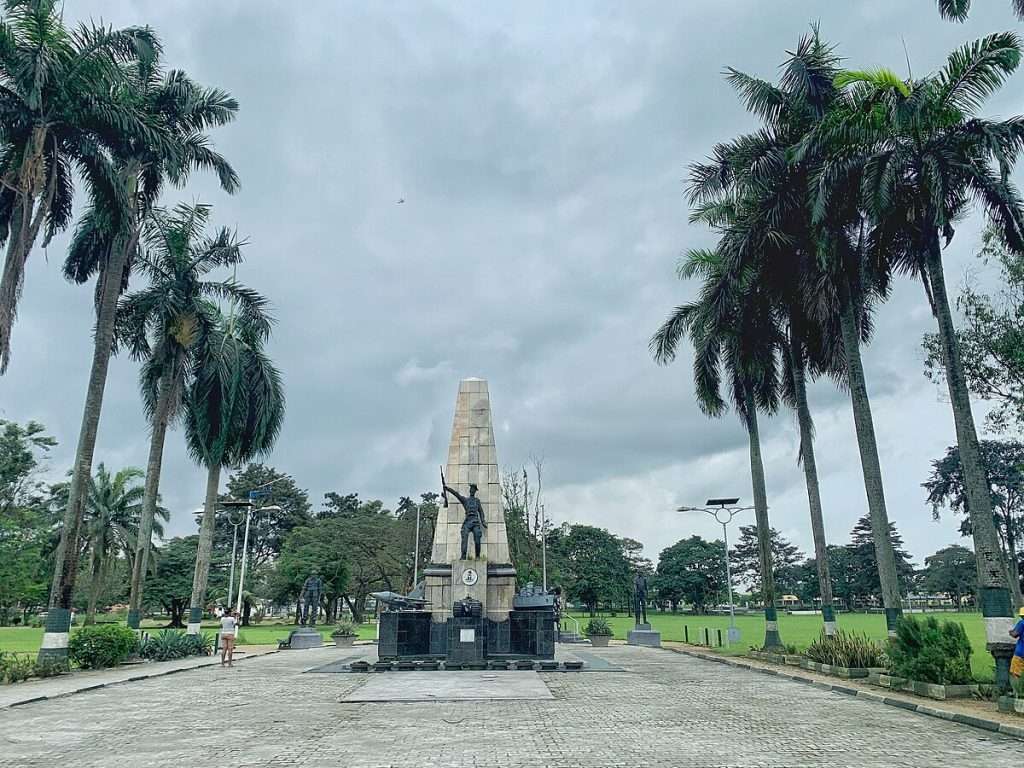
Overview:
Old GRA is renowned for its high-class living, well-planned layout, and secure environment. It’s home to many corporate executives, government officials, and expatriates.
- Average Rental Price:
- 3-Bedroom Apartment: ₦4,000,000 – ₦6,000,000 per year
- Advantages:
- Prestigious and well-maintained area with tree-lined streets
- Close proximity to upscale restaurants, malls, and international schools
- Excellent security and reliable infrastructure
- Downsides:
- High cost of living and premium rental rates may limit affordability for some
3. Trans Amadi
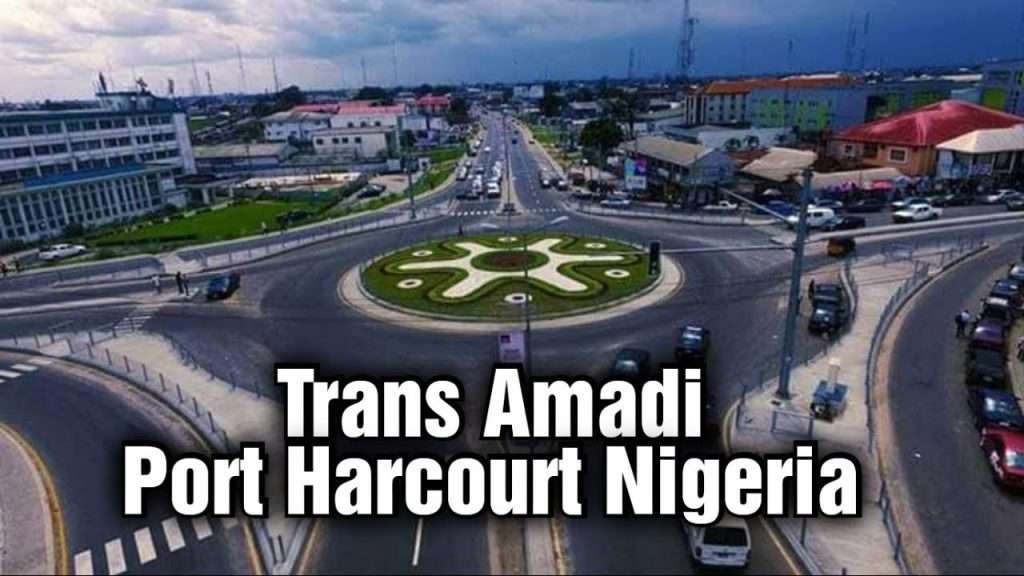
Overview:
Trans Amadi blends commercial activity with residential convenience. It attracts professionals working in the oil and gas sectors.
- Average Rental Price:
- 3-Bedroom Apartment: ₦3,000,000 – ₦5,000,000 per year
- Advantages:
- Proximity to major industrial hubs and corporate offices
- Modern apartments and active lifestyle amenities
- Growing infrastructure and transportation networks
- Downsides:
- The industrial vibe may not appeal to those seeking a quieter residential atmosphere
- Noise: Factory operations can be loud.
4. Woji
Overview:
Woji is a popular residential area known for its balanced blend of affordability and quality living, making it ideal for middle-income families.
- Average Rental Price:
- 3-Bedroom Apartment: ₦2,500,000 – ₦4,000,000 per year
- Advantages:
- Convenient location with access to schools, markets, and hospitals
- Well-developed local amenities and secure environment
- Downsides:
- Can get congested during peak hours due to its popularity
5. Rumuola
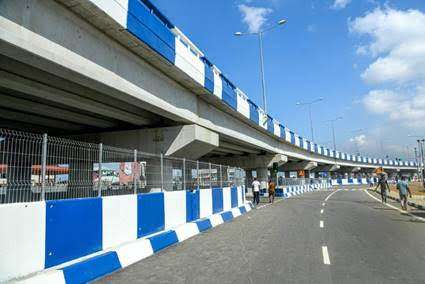
Overview:
Rumuola is favoured for its affordability and family-friendly vibe. It offers a relaxed suburban feel with steady access to essential services.
- Average Rental Price:
- 3-Bedroom Apartment: ₦2,000,000 – ₦3,500,000 per year
- Advantages:
- Budget-friendly with a strong community atmosphere
- Proximity to local markets and recreational facilities
- Commercial Hub: Close to banks, shops, and eateries.
- Transport Links: Easy access to Aba Road and Airport Road.
- Nightlife: Popular bars and lounges.
- Downsides:
- Infrastructure and public services may not be as advanced as in more upscale neighborhoods
- Noise: Constant traffic and commercial activity.
- Overcrowding: Limited parking spaces.
6. Elekahia
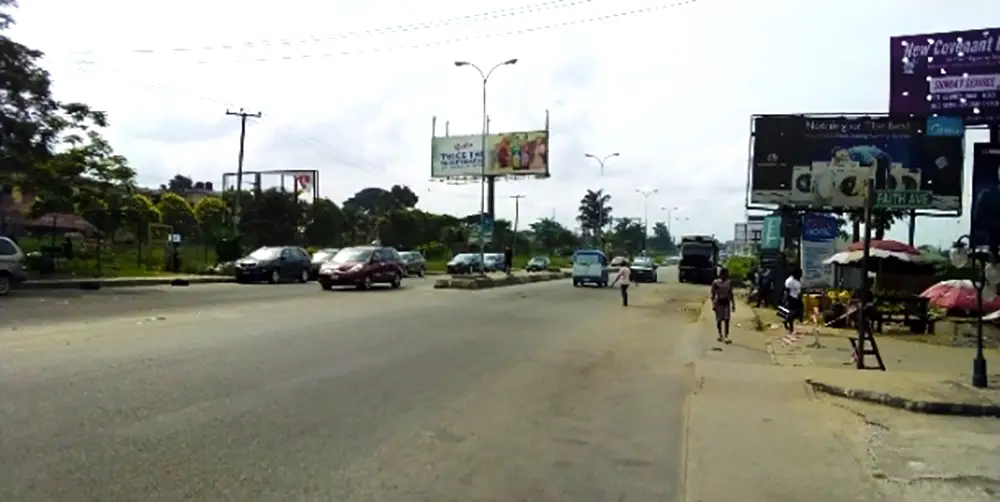
Overview:
Elekahia is a thriving middle-income area known for its vibrant community life and practical residential options.
- Average Rental Price:
- 3-Bedroom Apartment: ₦2,500,000 – ₦4,000,000 per year
- Advantages:
- Good balance of affordability and quality amenities
- Access to schools, local markets, and healthcare centers
- Downsides:
- The area can be busy, and occasional congestion is reported
7. Rumuokoro
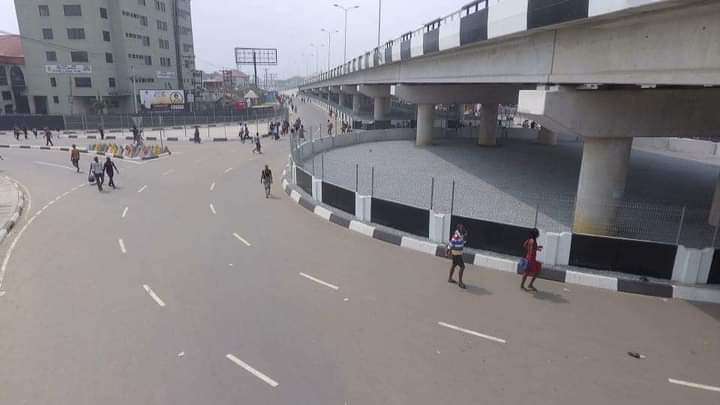
Overview:
Rumuokoro is recognized for offering some of the most budget-friendly rental options in Port Harcourt, making it popular among young professionals and small families.
- Average Rental Price:
- 3-Bedroom Apartment: ₦1,800,000 – ₦3,000,000 per year
- Advantages:
- Very affordable without sacrificing basic amenities
- Increasingly attractive due to steady urban development
- Downsides:
- Fewer high-end facilities compared to more upscale neighborhoods
8. Choba
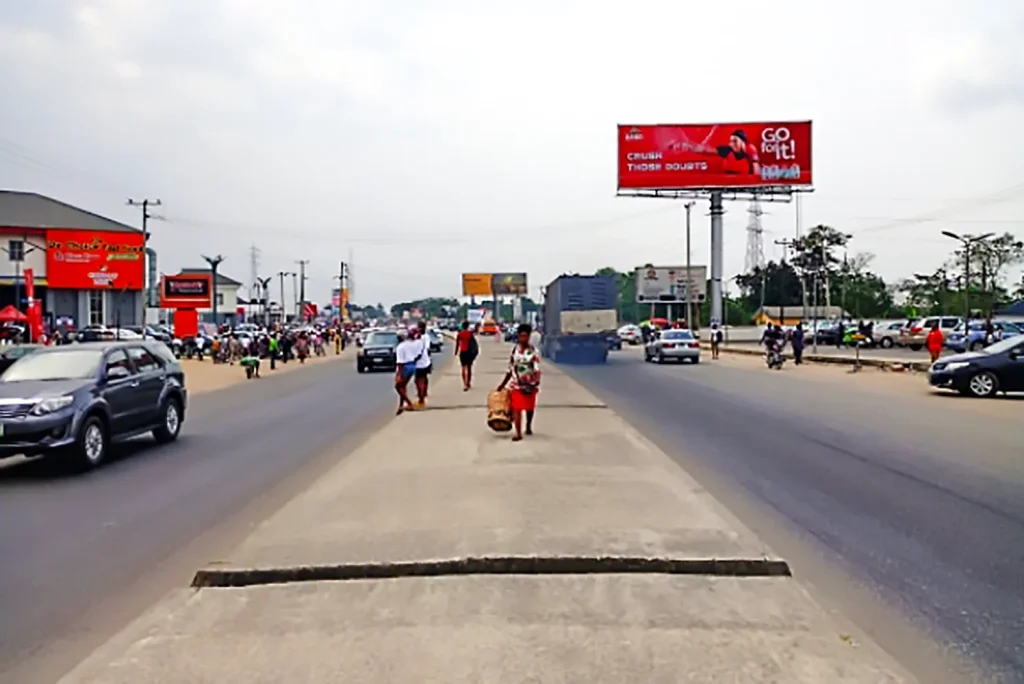
Overview:
Choba is a favored location among students and young professionals due to its proximity to the University of Port Harcourt and a blend of modern and affordable housing options.
- Average Rental Price:
- 3-Bedroom Apartment: ₦2,500,000 – ₦4,500,000 per year
- Advantages:
- Strong educational and commercial presence
- Dynamic community with a vibrant social scene
- Downsides:
- Rental prices can vary widely depending on proximity to the university and amenities
9. Rumuomasi
Why It’s Desirable:
- Educational Hub: Close to universities like UNIPORT.
- Affordability: Great for students and young professionals.
- Nightlife: Vibrant social scene.
Downsides:
- Security: Occasional theft and cult activity.
- Noise: Busy student area.
Average Rent: ₦600k/year for a 3-bedroom.
10. Borokiri
Why It’s Desirable:
- Waterfront Living: Scenic views and fresh seafood.
- Affordability: Cheaper than most areas.
- Community: Strong local culture.
Downsides:
- Flooding: Severe during rainy seasons.
- Security: High crime rates in some parts.
Average Rent: ₦500k/year for a 3-bedroom
Final Thoughts
Port Harcourt offers something for everyone—luxury in GRA, affordability in Borokiri, and vibrant student life in Rumuomasi. But choose wisely: flooding, traffic, and security vary widely.
Port Harcourt’s diverse neighborhoods provide a range of rental options to suit every budget and lifestyle. Whether you prefer the upscale charm of Old GRA and Trans Amadi or the affordability and community vibe of Rumuokoro and D-line, there’s something for everyone.
At LandsOfNigeria (LON), we’re dedicated to providing verified property listings and expert insights to help you make informed decisions. Share your thoughts and experiences in the comments—what neighborhood do you think is best for your needs?

